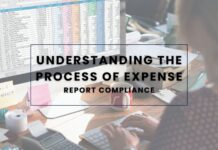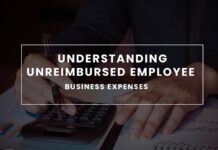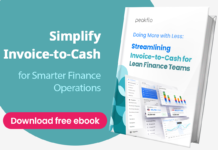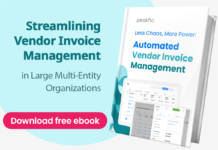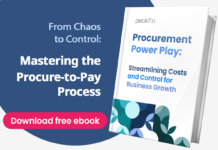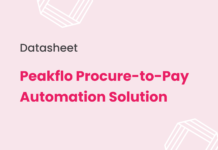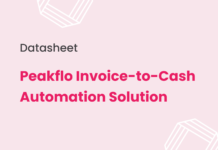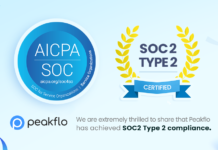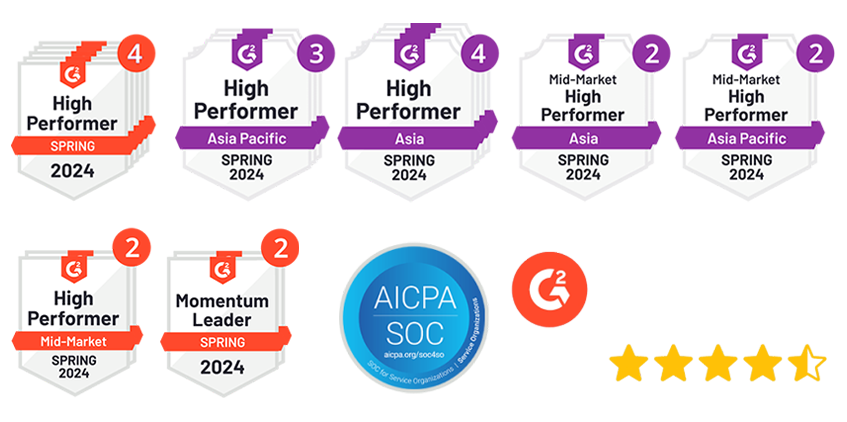What began as a revolutionary concept in 2010, offering companies flexible workspaces in major cities, swiftly transformed into a cautionary tale of unchecked ambition and financial turbulence. The WeWork IPO Rollercoaster took investors and industry watchers on a wild ride, soaring to unprecedented valuations before plummeting to earth in a spectacular crash.
A Rapid Rise
WeWork, a provider of co-working spaces was founded in 2010. It began offering companies instant access to flexible workspaces in major cities. Starting with just two locations, the company grew rapidly, expanding to 178 locations in 56 cities across 18 countries by 2017. By early 2019, WeWork had reached a staggering $47 billion valuation, leasing 10 million square feet of office space to 20,000 customers.
The IPO Attempt
In September 2019, WeWork made its 1st attempt to go public. They filed their registration papers with the Securities and Exchange Commission (SEC), but trouble started almost immediately. The 359-page document revealed many problems, including potential conflicts of interest involving CEO Adam Neumann, a complicated corporate structure, and increasing losses. The company didn’t explain how it planned to become profitable, and the risk section for investors was nearly 30 pages long.
WeWork’s financial health was shaky. The company had a negative cash flow, meaning it spent more money than it made, relying heavily on investor funds to keep going. The IPO documents revealed several governance issues, particularly involving Neumann. He had personal dealings with the company, such as leasing his properties to WeWork and borrowing against his company stock. Neumann owned stakes in four buildings leased by WeWork and received personal loans at low rates. He and co-founder Miguel McKelvey also purchased the “WeWork” trademark and sold it to the company for $5.9 million.
The Reasons Behind Failed IPO Attempt
- In the first half of 2019, WeWork reported a net loss of $904 million on $1.54 billion in revenue. These figures highlighted the company’s high spending rate and lack of profitability.
- WeWork had $17.9 billion in long-term lease commitments as of June 2019. This posed a significant risk because their revenue came from short-term leases, creating a financial imbalance.
- WeWork used a financial metric called “community-adjusted EBITDA,” which excluded major costs like marketing, general and administrative expenses, and tenant-related costs. This metric was criticized for giving an overly positive view of the company’s financial health. In reality, WeWork’s operating expenses as a percentage of revenue were 189%, with general and administrative expenses at 25%, much higher than the industry averages of 50% and 10%, respectively.
- The IPO documents also highlighted many conflicts of interest and poor management by Neumann.
The Aftermath
In just 33 days, WeWork’s IPO plans were abandoned, its valuation dropped by more than 70%, and Adam Neumann was ousted as CEO.
After the failed IPO, it took two years for new leadership to take the company public. Instead of a traditional IPO, WeWork went public through a special purpose acquisition company (SPAC) called BowX Acquisition Corp in 2021. This reflected the popularity of SPAC mergers that year. However, WeWork’s valuation had dropped significantly from $47 billion to $9 billion by the third quarter of 2021.
In November 2023, WeWork filed for Chapter 11 bankruptcy in the United States District Court for the District of New Jersey, listing liabilities between $10 billion and $50 billion. Its stock fell to 84 cents a share, reducing its valuation to $44.5 million.

Closing Thoughts
Among other reasons, one of the main reasons for WeWork’s downfall was its high operating expenses and general and administrative expenses. As WeWork’s experience shows, neglecting to manage these expenses can lead to severe financial distress.
Cutting-edge technology offers a way to reduce operating expenses and general and administrative expenses by providing real-time insights, streamlining finance operations, and ensuring accurate reporting.
The lesson is clear: to avoid the pitfalls that led to WeWork’s collapse, businesses must prioritize financial transparency and harness the power of automation to safeguard their futures. Still, the question remains: Are companies ready to leverage technology to secure their financial stability?
FAQ
1. What is a SPAC?
A Special Purpose Acquisition Company (SPAC) is a type of company created solely to raise capital through an initial public offering (IPO) for the purpose of acquiring an existing company. SPACs have no commercial operations and are often referred to as “blank check companies.” They provide a quicker and sometimes less scrutinized route for companies to go public.
2. What is an Operating Expense (OPEX)?
Operating expenses (OPEX) are the costs required for a company to run its day-to-day operations. These expenses include rent, utilities, payroll, and other ongoing costs. High OPEX can impact a company’s profitability and financial health.
3. What are General & Administrative Expenses (G&A)?
General and Administrative expenses (G&A) are the overhead costs of running a business, excluding production costs. G&A expenses include salaries of administrative staff, office supplies, insurance, and other expenses necessary to maintain operations. Managing G&A effectively is crucial for a company’s financial stability.
4. What is EBITDA?
Earnings Before Interest, Taxes, Depreciation, and Amortization (EBITDA) is a financial metric used to evaluate a company’s operating performance. It shows earnings before the deduction of interest expenses, taxes, depreciation, and amortization, providing a clearer picture of operational profitability by excluding non-operational costs.
5. What is Community Adjusted EBITDA?
Community Adjusted EBITDA is a non-standard financial metric that some companies use to present a more favorable view of their financial health. It excludes not only interest, taxes, depreciation, and amortization but also basic expenses like marketing, general and administrative, and development and design costs. This metric is often criticized for painting an overly optimistic picture of the company’s profitability and financial stability.


